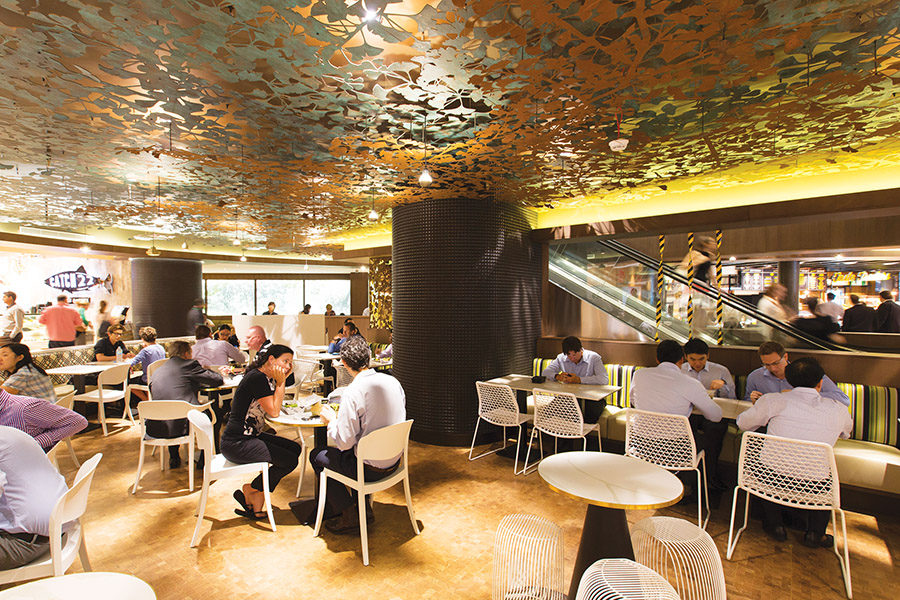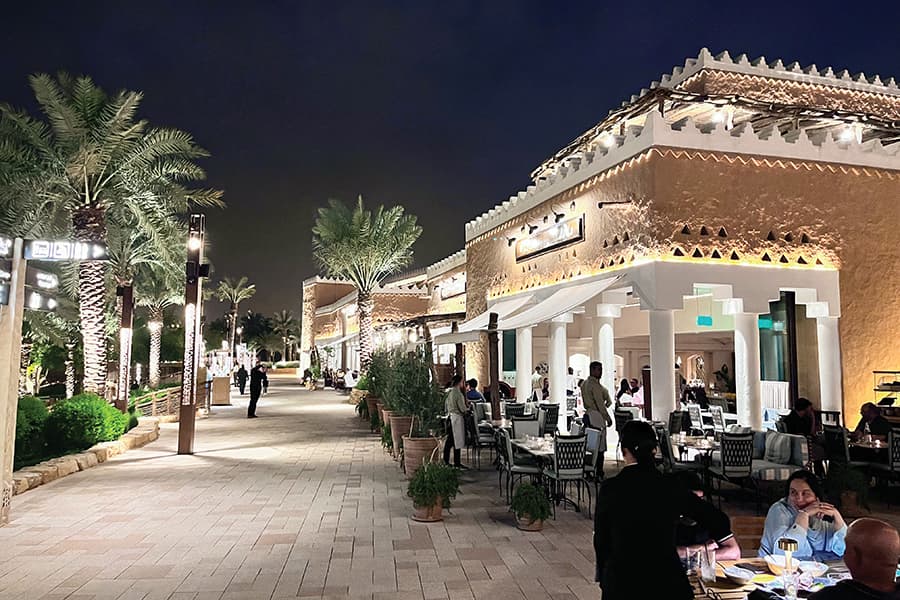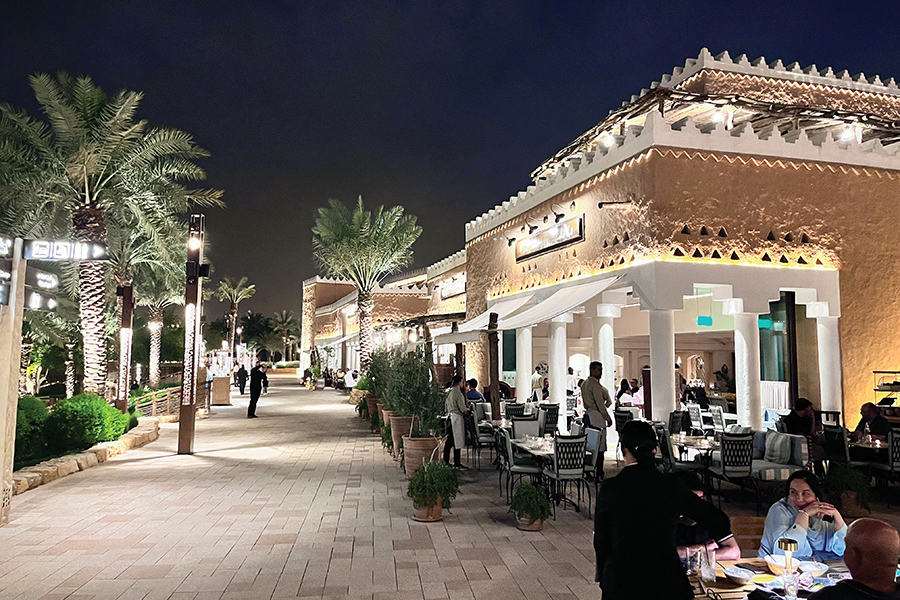If the MAT is OK but the MAT/m2 is low, usually it’s a no-brainer. Cut down the size of the shop, create another one. The retailer wins because they have cheaper occupancy costs and less rent; the centre wins because they’ve now got more shops. Food and beverage shops are just the same – only there’s a lot, lot, more!
With flattening retail sales and the continued growth of online sales, shopping centres this year face the potential of falling foot traffic and many retailers starting to put their hands up for rent abatement or exiting bricks-and-mortar stores on lease expiry. It is times like this when it is invigorating to be in business, because it’s in these times that re-invention and strategic clarity comes to the forefront. And boy oh boy, do we have some great strategic thinkers in the property sector in Australia who can join with us as we move the Australian shopping centre industry from being convenience based and mission shopper-driven to becoming an EXPERIENCE for leisure shoppers.
The number one driver of increasing food engagement in-centre is to increase dwell time. The number one way to bring new food catering customers to the centre is to re-mix, so here’s an abridged five-step version of how we are contributing to asset plans for many regional, sub-regional and neighbourhood centres at present to find how best to increase the food and beverage (F&B) offerings to secure MAT and rents.
Step 1: Clarity on current performance
Never be tempted to throw the baby out with the bath water! One of our best insight tools is to heat-map F&B performance by precinct or category. This visual tool quickly shows the winners and losers in-centre. Look for: Tenancies/cuisines exceeding average MAT and MATm2 with low occupancy costs – these are GOLD and mean you can look to increase the tenancy size or duplicate this usage to quickly improve returns. Tenancies achieving above-average MAT but below-average MATm2 – we find lots of these tenancies. You can downsize this tenancy footprint and add an additional store/use while still ensuring the tenant continues to achieve their turnover. A win/win for everyone.
Step 2: Proactive rather than re-active tenancy mixing
There’s always deals that can be done, ie. Rockpool Dining Group is on a rapid expansion, a poke bowl start-up wants space, hatted chefs are knocking on your door to showcase their newest casual dining concept, but tracking sales against demographics at B&P shows how cuisine sales can be affected by the centre demographics. When that happens, the tenant doesn’t achieve the sales they expected and start to want to talk about abatement. Our aim is to ensure the tenancy mix offers about 70% of stores that are the highest and best use for the trade area preferences, 20% reliable heavy lifters and 10% emerging categories. In this way, each retailer can aim to capture maximum expenditure which means they can afford to carry upper-end rents and meet annual rental increases. This means sometimes it’s better to reject the deal on the table, share the rationale with leasing and motivate them to seek a better fit for the longer-term good of the asset and retailer.
Our tenancy mix hierarchy, put together from a four-way assessment of the trade area, high-street competition, current performance and emerging trends provides leasing with a clear blueprint on exit/hold and replacements strategies as vacancies or lease expiries arise to achieve stable long-term operators with the highest appeal to customers.
Step 3: Work on the two-day part economy
Food catering engagement in-centre by day is reactionary. It is not a main reason to shop a centre. Instead, food catering tenants benefit during the day from shoppers visiting the supermarkets, DS, DDS and mini-majors who then buy something to eat or drink while they’re doing their shopping. It is closely linked to pedestrian traffic and can be finessed and improved by tweaking the mix, adjacencies and seating productivity. Currently, some 30% to 40% of all daytime customers will engage with food catering in-centre. The night-time economy is a completely different kettle of fish. At night, shopping centre dining precincts can achieve a near 100% conversion rate from pedestrian traffic by offering a carefully curated tenancy mix, entertainment offers and experience. The success of the precinct is weighted to the needs of the trade area within a 7-minute drive of the asset, the neighbouring high street competition and the design attributes of the site. Currently 80% of F&B spend occurs outside of shopping centres. With heavy capital investments by both landlords and tenants, careful planning is required to introduce such precincts in most assets to make sure it attracts customers away from the high street and into the centre.

Broadway capitalises on both day and evening dining opportunities
Step 4: Insist on evidence-based design
Over the years, we have witnessed a fair amount of food precincts that might win the architect lots of awards, but fails the centre and the retailer when expected sales don’t materialise. We have been able to back test design decisions such as access to the dining precinct, width of the precinct, location and amount of alfresco seating, tenancy frontage styles and single-versus double-storey precincts to produce evidence-based scorecards or best-practice design principles to ensure dining precincts trade well. They’re not always popular with the designers, but used positively can fast-track schematic design and leasing to create highly profitable new precincts.
Step 5: Apply the power of 10
The Power of 10 is a unique and powerful new secret weapon B&P has developed in creating award-winning F&B precincts like Tramsheds, Broadway and Sydney Fish Markets. The foundation of F&B 10 is a scorecard of benchmark practices to incorporate into the precinct strategy, design and tenancy mix to move the five levers that affect MAT and rents, namely:
1. Increase dwell time
2. Attract more customers more frequently
3. Generate more frequent repeat visits
4. Capitalise on spending power of the trade area
5. Reduce investment and operating costs
STEP 5 is so secret we can’t share the details in this article, but once you understand the five levers of F&B success and have a tool to check you have done everything possible in your asset plan or development strategy to apply F&B 10 to each lever, you get the results that AMAZON-PROOF the asset.
With Australia/NZ shopping centres still only capturing 20% of all sales from fast food, cafes and restaurants, there’s plenty of room to continue to secure retail sales growth through F&B. It just needs to be planned and executed thoughtfully.




















